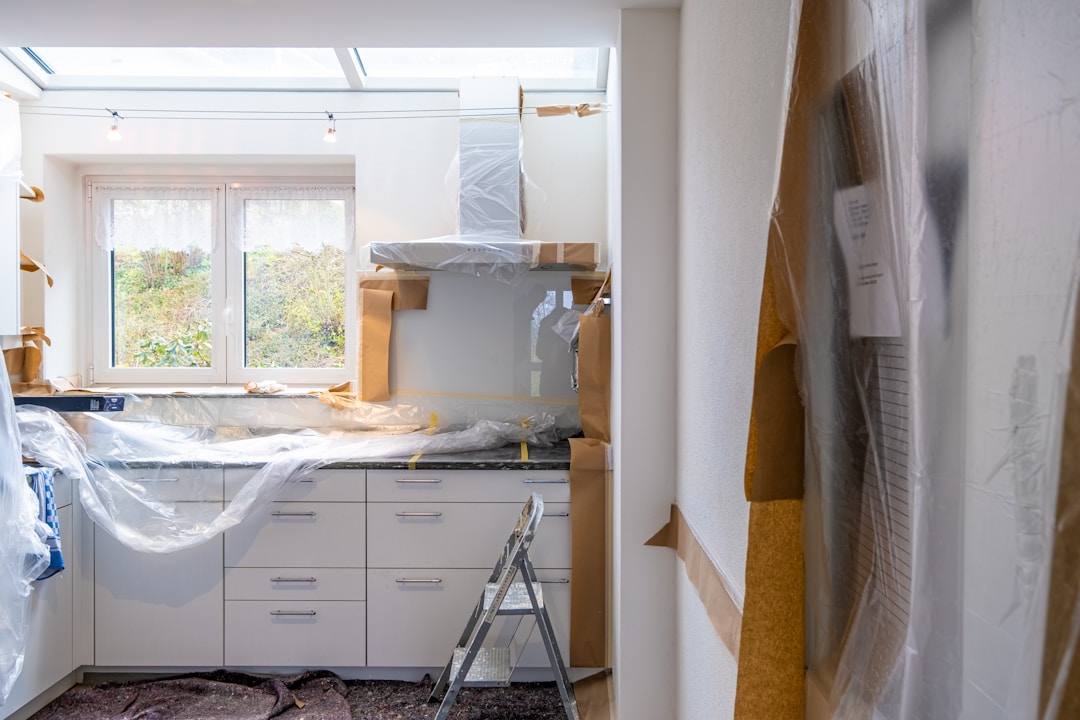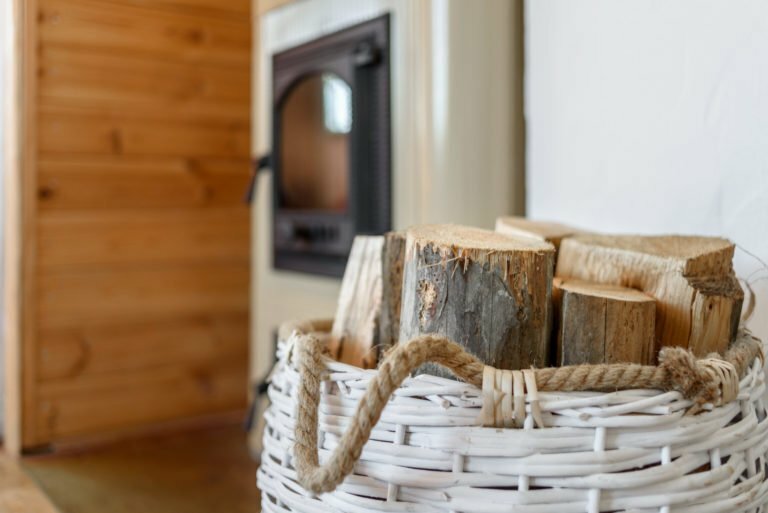Flipping houses can be a profitable venture if approached correctly. It requires meticulous planning, critical decision-making, and considerable investment in terms of time, effort, and money. For those unfamiliar with the term, house flipping signifies buying a property at a lower price, refurbishing it, and selling it at a higher price to make a profit. This article provides a comprehensive guide on the process of flipping a house and the strategies to maximize your profit effectively. Keep reading to explore further.
Understanding the Real Estate Market

Before investing in a property, it’s essential to understand the intricacies of the real estate market. Fluctuations in the market can significantly impact the profitability of your house-flipping venture. Therefore, research the dynamics of the local real estate market, which includes being aware of the area’s average property values, understanding the community, and tracking property sales trends. It’s also beneficial to be aware of the economic indicators to predict the market’s direction. Investing in an appreciating market maximizes your chances of making a good profit.
Notably, when exploring potential properties, consider the factor of location. Proximity to schools, parks, and other amenities enhances a property’s value. Similarly, quiet neighborhoods, low crime rates, and good connectivity also contribute to a property’s appeal. Apart from the above factors, consulting with a real estate professional can provide you with valuable insights. It is also a good idea to solicit advice from a reliable AC repair in Denver CO, before making any move.
Finding the Right Property
Once you have a good understanding of the real estate market, the next step is to hunt for the right property. An ideal property for house flipping is one that can be purchased at a lower price and sold at a considerably higher price post-renovation. In this context, distressed properties, foreclosures, and properties in need of significant repairs can prove to be lucrative deals.
However, purchasing a property requires a significant upfront investment. Thus, it is important to arrange your finances adequately. Look for funding options like taking a bank loan, mortgage, or partnering with investors. Scrutinize the property for potential issues that might require repair or remodeling. For instance, always consider any damage that a professional service like Utah Roofing and Exteriors may ask about before estimating the final cost.
Strategizing Your Renovations

Renovation is the heart and soul of house flipping where you transform the purchased property into a more appealing and valuable property. Here, your objective is to enhance the appeal of the property while maintaining a strict budget. It is often a good idea to focus on improvements that increase the property’s market value, such as kitchen and bathroom upgrades.
Renovation projects can quickly escalate in terms of costs and time if not managed properly. Therefore, prioritize the necessary repairs and renovations. Avoid over-improvement as it may not necessarily add to the value of the property. Instead, opt for affordable upgrades that enhance the aesthetics and functionality of the property. Bear in mind that every decision in this stage directly affects your profit margin. Ensure to maintain a delicate balance between quality and affordability in your renovations.
Selling the Property
The final phase of the house flipping process is selling the refurbished property. Here, it’s crucial to price the property wisely to attract potential buyers, while also ensuring you make a profit. Consider the cost of purchase, renovation, and any other expenses incurred during the process to set a fair yet profitable price.
Next, market your property effectively. Advertise using online platforms, real estate agencies, and through word of mouth. High-quality images showcasing the renovated spaces and highlighting the property’s unique features can make your listing more attractive. Also, stage the property thoughtfully to help potential buyers visualize themselves in the space.
Overall, successful house flipping is a strategic combination of understanding the real estate market, finding the right property, optimal renovation planning, and effective marketing. Despite the associated risks, with meticulous preparation and execution, house flipping can be a profitable real estate investment venture.




